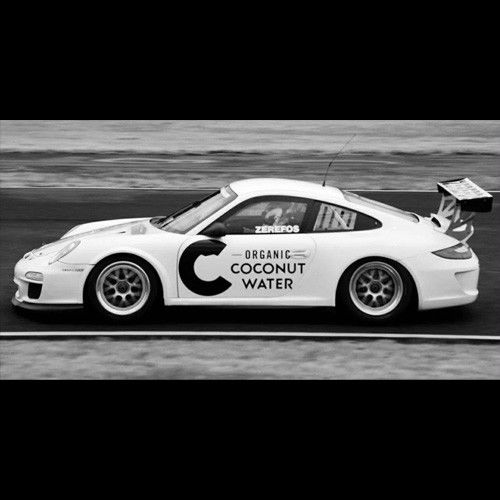
The FIA will mandate a new standard for helmets in Formula 1 from next year with the change to eventually flow to other major series.
The new standard, known as FIA 8860-2018, includes stipulations around energy absorption and protection from flying objects.
Among the changes are a smaller visor opening, use of advanced composite materials to enhance resistance to crushing and penetration, and extended side protection compatible with conventional open-wheeler and closed cockpit headrest designs.
According to the FIA, the development is the result of over a decade of research which took place in consultation with F1 helmet manufacturers including Stilo, Bell Racing, Schuberth and Arai.
“The current top-end helmets are already the safest in the world but the new standard will take them to the next level,” said FIA Safety Director Laurent Mekies.
“It is important for all of our safety research that we continually strive to improve and this is why we are requiring all manufacturers to meet this tougher standard for our championships.”
Helmets complying with the FIA 8860-2018 standard must pass the following tests:
- Standard impact: Helmet impact at 9.5m/s. Peak deceleration on ‘driver’s head’ shall not exceed 275G.
- Low velocity impact: Helmet impact at 6m/s. Peak deceleration shall not exceed 200G with a maximum average of 180g.
- Low lateral impact: Helmet impact at 8.5m/s. Peak deceleration shall not exceed 275G.
- Advanced Ballistic Protection: A 225g metal projectile fired at 250km/h. The peak deceleration shall not exceed 275G.
- Crush: A 10kg weight falling 5.1 metres onto helmet. Lateral and longitudinal tests. The transmitted force should not exceed 10 kN.
- Shell penetration: A 4kg impactor dropped onto helmet at 7.7 m/s.
- Visor penetration: Air rifle fires 1.2g pellet at visor. Pellet must not penetrate the interior of the helmet.
- Visor coating: Transmitter test to ensure colouration and vision is not significantly changed or distorted.
- Retention system: Roll-off test and dynamic test to ensure strength of chin strap and its attachments.
- Chin guard linear impact: Impact test with full headform at 5.5m/s. The peak deceleration shall not exceed 275G.
- Chin guard crush: Hammer hits chin guard and measures ability to keep impact away from the head.
- FHR mechanical strength: Test to ensure high strength of attachment points for Frontal Head Restraints.
- Projection and surface friction: Test to ensure helmet surface uniformity and that friction is minimised. Shell surface also subjected to BARCOL hardness test for resistance to penetration.
- Flammability: Helmet exposed to 790 C° flame; it must self-extinguish once flame is removed.
New-standard helmet revealed





















Discussion about this post